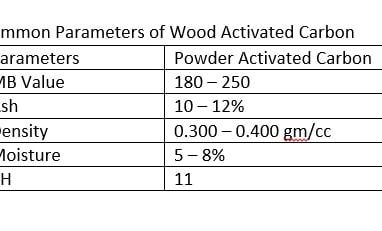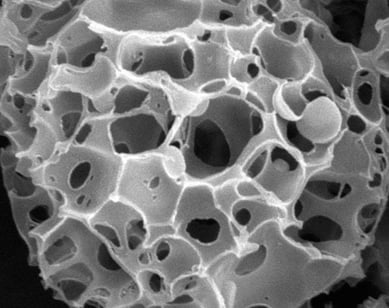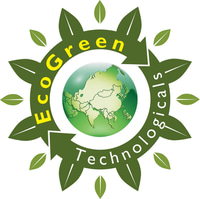Wood Activated Carbon
Wood-based Activated Carbon: An Eco-Friendly Solution for Purification
What is Wood-based Activated Carbon?
Wood-based activated carbon is produced by heating raw wood materials, such as coconut shells, hardwood, or softwood, at high temperatures in the absence of oxygen. This process creates a highly porous material with a large surface area, allowing it to adsorb impurities effectively. The raw wood materials used in its production are renewable and sustainable, making wood-based activated carbon a greener alternative to other carbon sources.
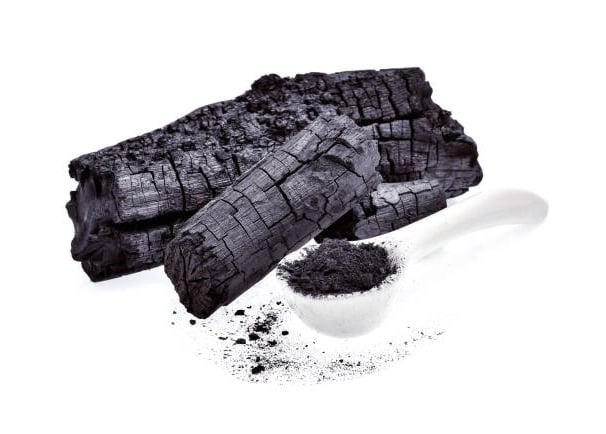

Benefits of Wood-based Activated Carbon
High adsorption capacity: Wood-based activated carbon has an excellent adsorption capacity due to its porous structure, allowing it to effectively remove impurities, contaminants, and odours from air and water.
Eco-friendly: Unlike traditional activated carbon produced from fossil fuels, wood-based activated carbon is derived from renewable sources. It helps reduce carbon emissions and is considered an environmentally friendly choice.
Cost-effective: Wood-based activated carbon is generally more economical compared to other types of activated carbon. Its production process is energy-efficient, making it a cost-effective solution for purification needs.
Versatile application: Wood-based activated carbon can be used in different industries and settings. From water treatment plants to air purification systems and even in the food and beverage industry, it offers versatile solutions for a wide range of purification needs.
Removal of organic contaminants: Wood-based activated carbon is highly effective in removing organic compounds, such as pesticides, solvents, and other volatile organic compounds (VOCs). This makes it valuable in ensuring clean and safe drinking water and maintaining air quality in various environments.
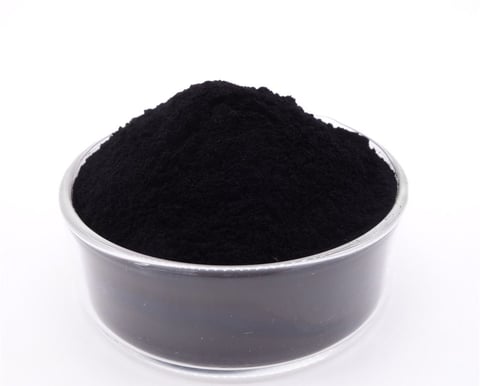

Common Applications







